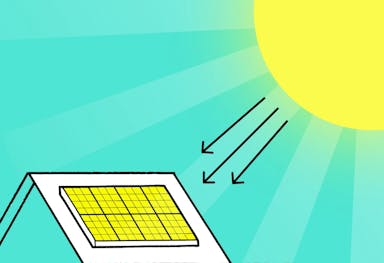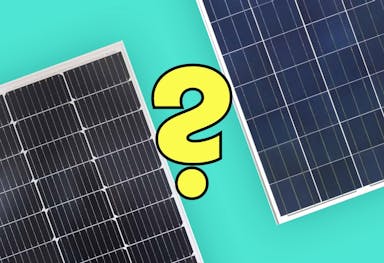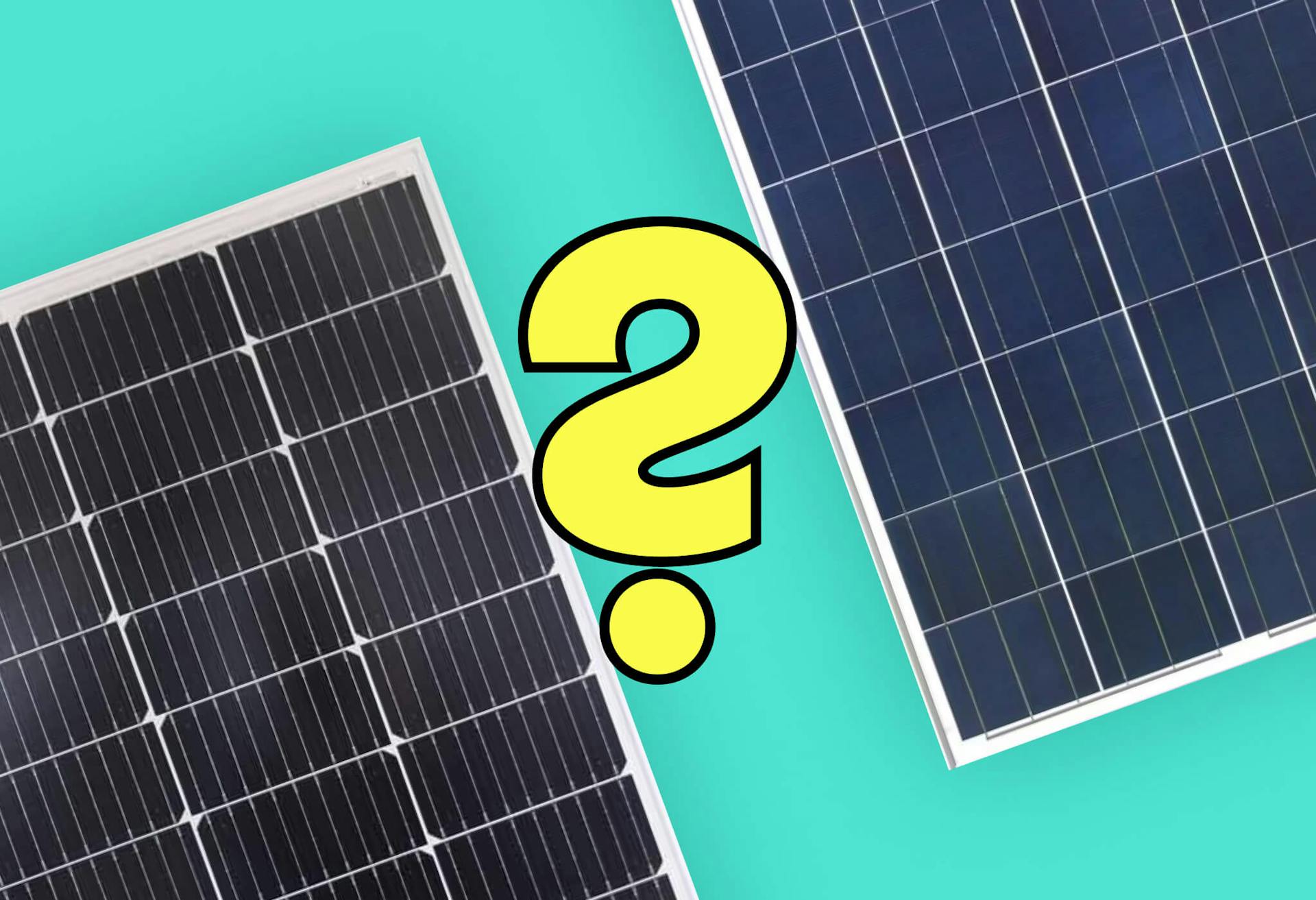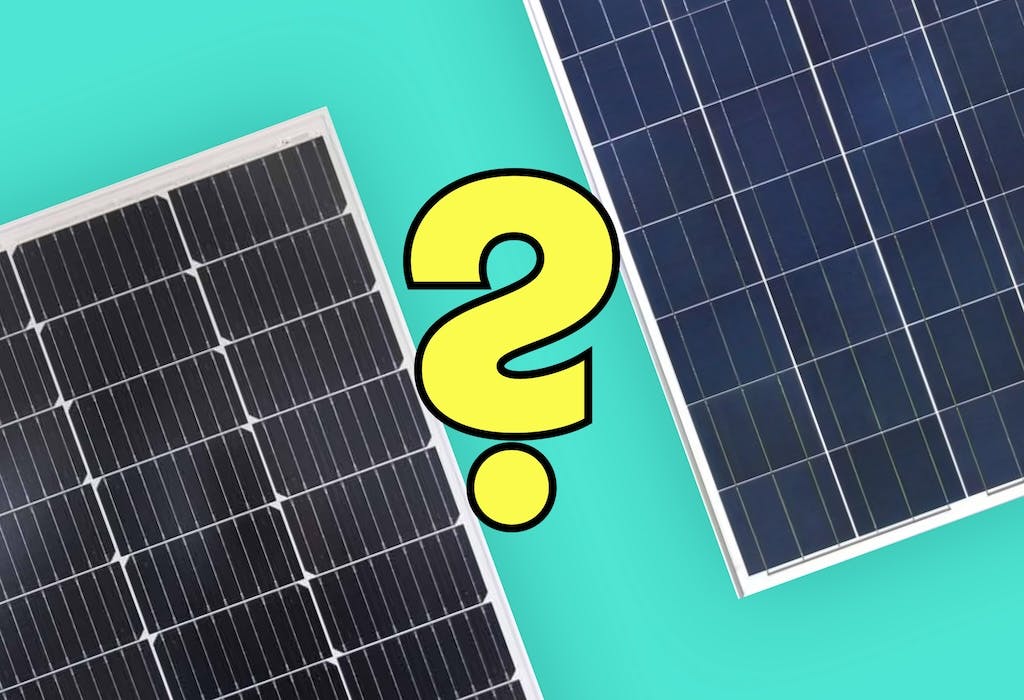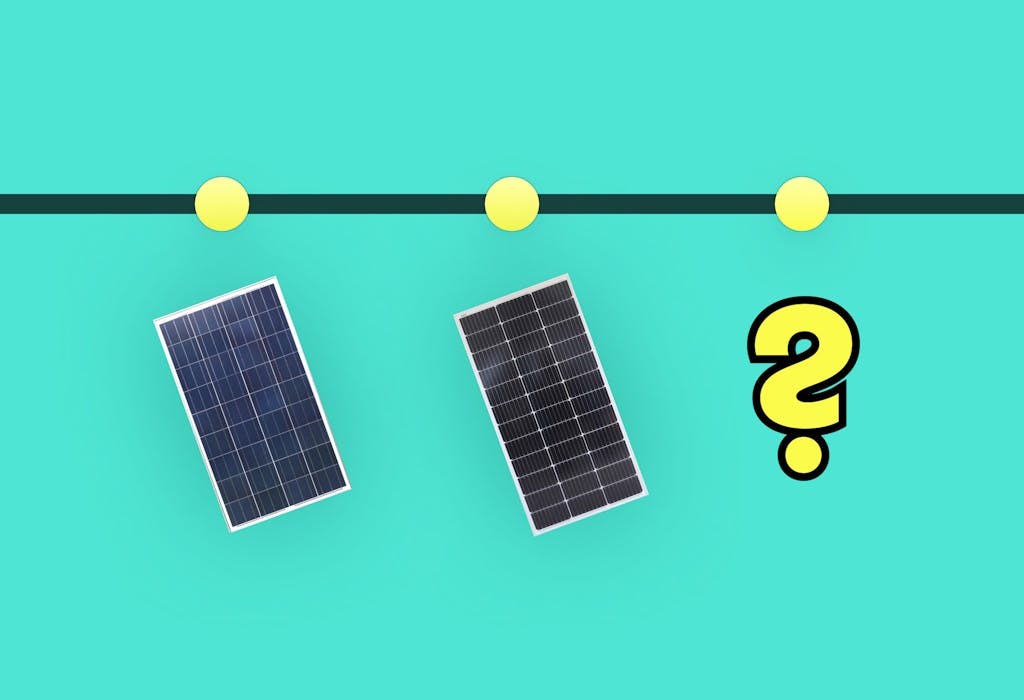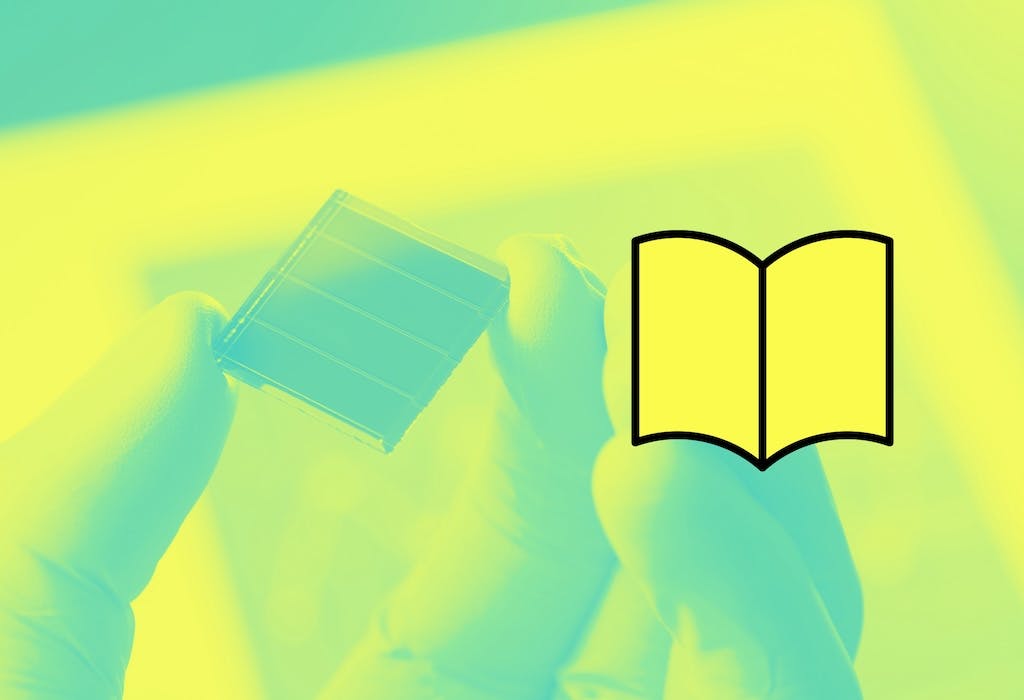- Solar advice hub
- Solar-technology
- Bifacial solar panels: explained
Bifacial solar panels: explained
Here's what bifacial panels are, how they work, whether they’re worth the cost, and how to take full advantage of them.


Why you can trust our content
We know that the solar industry is full of misinformation, but we only use reliable sources, including:
- Our experienced solar experts, installers and system designers
- Our own database of solar & battery system designs
- Authoritative bodies like MCS and the UK government



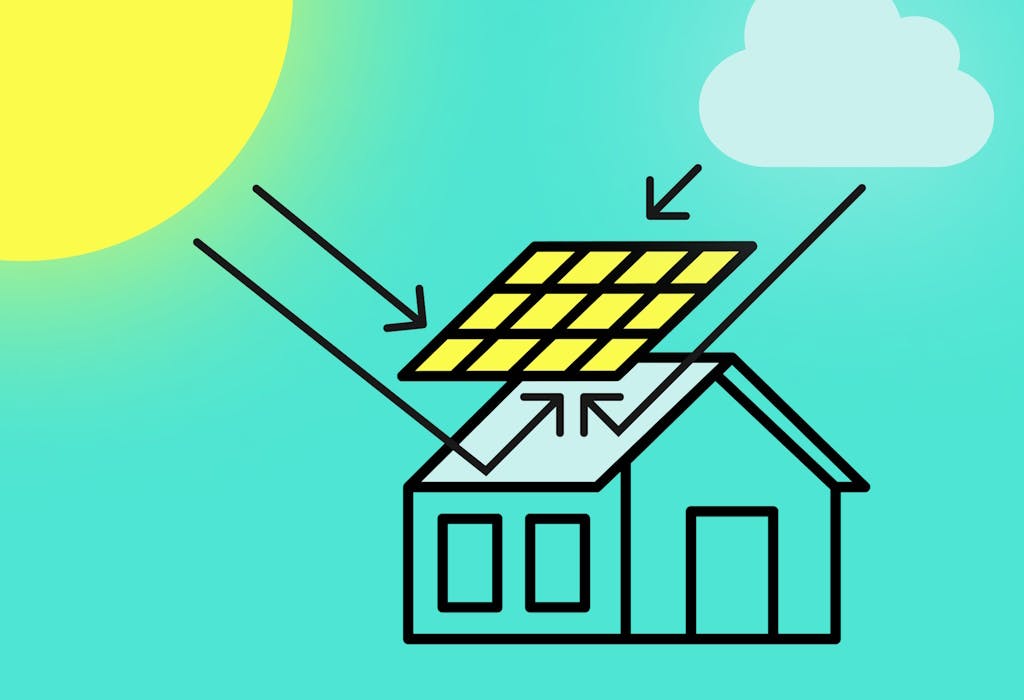
Calculate savings
What kind of home do you live in?
Calculate savings
What kind of home do you live in?
What you need to know
When you’re investing in solar panels, you want to get the most advanced, productive models possible – for the right price.
Bifacial solar panels could be the ideal choice for your household, but it may depend on your situation.
In this guide, we’ll explain what bifacial panels are, how they work, whether they’re worth the cost, and how to take full advantage of their capabilities.
If you would like to see the savings you could get from a solar & battery system, answer a few quick questions below, and we’ll provide an estimate.
Find out how much you can save
What kind of home do you live in?
What are bifacial solar panels?
Bifacial solar panels use both sides to absorb light and produce electricity.
This gives them an edge over regular models, known as monofacial panels, which only have one side that can take in light and turn it into electricity.
Bifacial panels can therefore take full advantage of the albedo, which is the amount of sunlight that’s reflected by a surface (like your roof).
And because they effectively face two directions, ground-mounted bifacial arrays can take in much more light directly from the sun, plus some of the light that reflects off the land and their surroundings.
How do bifacial solar panels work?
Bifacial solar panels are made with polycrystalline or – more likely – monocrystalline material on both sides.
They’re also equipped with a transparent backsheet, made out of reflective material or panes of strengthened glass.
This combination allows them to absorb much of the light that reflects off the area around the system, as well as the direct sunshine that hits both the front and back of the panels.
Bifacial panels can work alongside other solar technologies like PERC (Passivated Emitter and Rear Contact) – which reflects light back into panels and protects them from overheating – and half cells, which counteract shading and guard against resistive and heat losses.
If you get bifacial panels installed on your roof, a small amount of direct sunshine will hit the rear side of your array, adding to your panels’ output.
You’ll also benefit from the diffuse light that’s reflected off clouds, neighbouring homes, the ground, and any nearby bodies of water.
Your system will absorb more light – and therefore produce more electricity – if you raise the bifacial array up with a framing system, creating a larger gap between your roof and the panels. However, this will make your installation more expensive.
It’s easier to take full advantage of bifacial panels’ capabilities if you get a ground-mounted system, as there’s no roof to get in the way. The ground is also usually more reflective than a roof in the UK.
In the solar industry, something's reflective capacity is known as its albedo, and is measured from zero to one, with one being the most reflective.
The most common roofing materials in the UK aren't actually very reflective – in fact, grass is generally more reflective than most UK rooftops.
Grass has an albedo of between 0.25 and 0.3, while asphalt – one of the most common roofing materials in the UK – offers a lower albedo of 0.05 to 0.2.
Red or brown tiles have a low albedo too – between 0.1 and 0.13 – as do corrugated roofs, which come in between 0.1 and 0.16.
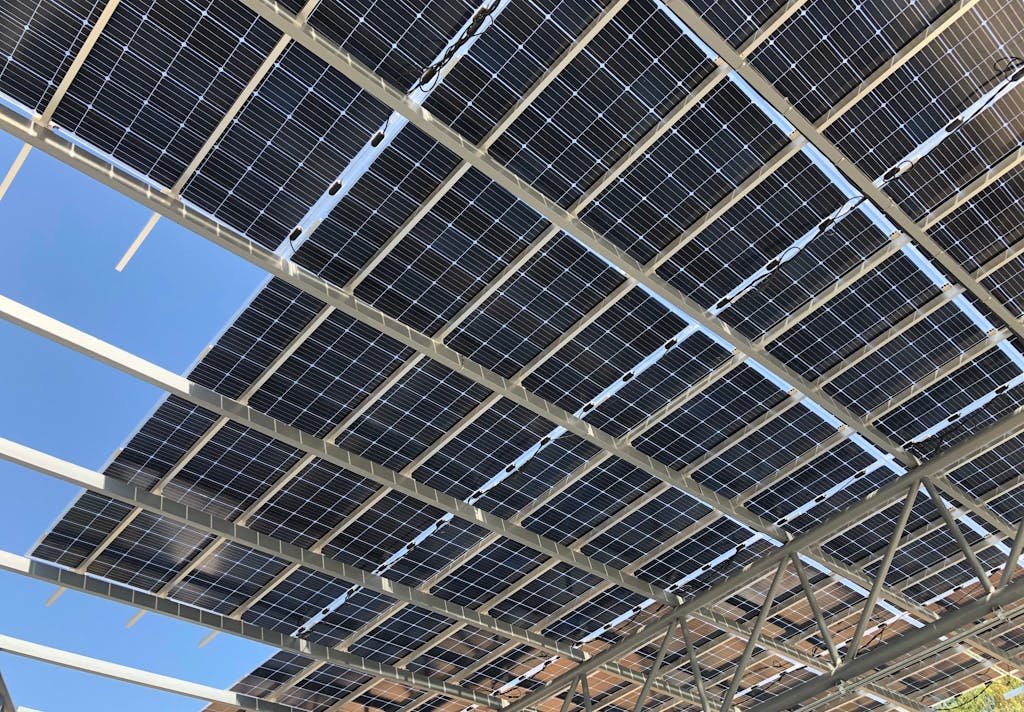
Are bifacial solar panels more efficient?
Bifacial solar panels are more efficient than monofacial panels.
However, the exact amount of benefit you’ll usually gain from choosing a bifacial system is still up for debate.
A 2023 summary of 12 studies from around the world by Edinburgh’s Heriot-Watt University showed that bifacial arrays generate anywhere from 5% to 45% more electricity than their monofacial counterparts.
An additional Indian study from 2023 fell into this range, as the bifacial panels in their investigation produced 31-35% more electricity.
Across all of these studies, the key element was the albedo. How much extra electricity you can produce with bifacial panels depends largely on what kind of substance lies under the panels’ rear side.
There are other factors, like the quality of the panels, the albedo of the surrounding area, and the amount of space between the array and the ground or roof – but none as important.
Testing company TÜV Rheinland carried out studies in Germany, India, Saudi Arabia, and the US, and the correlation was clear: the more reflective the surface beneath the bifacial solar panels, the higher the albedo, and the greater the electricity generation.
An albedo of 0.13 resulted in an 8.2% gain, an albedo between 0.28 and 0.3 produced a gain of 12-13%, and an albedo of 0.5 – created with white stone – led to a 22.4% gain.
Unfortunately, most results in this area come from research into ground-mounted bifacial solar arrays, rather than roof-mounted systems – but not all.
One prominent Australian study from 2023 showed that on rooftops, bifacial panels can be up to 22.6% more productive than monofacial panels.
However, the researchers – like the majority of experts in this area – said the study’s high albedo of 0.75 was vital, writing that “rooftop reflectivity plays a crucial role in maximising the bifacial potential.”
If you’re wondering how much a properly installed solar & battery system could save you, just answer a few quick questions below and we’ll provide an estimate.
Find out how much you can save
What kind of home do you live in?
Do bifacial solar panels work on rooftops?
Bifacial solar panels generate more electricity than monofacial panels on rooftops.
But there are multiple factors that influence how much you’ll benefit from getting a bifacial system, one of which is the size of the gap between the system and the roof.
This space allows light to hit the rear side of the panels, enabling them to create more electricity than a monofacial array – but since the gap is usually pretty small, it doesn’t let in much light, which means you won’t receive much added benefit.
This is especially stark when you compare them to ground-mounted arrays, which are able to absorb much more light, as their mounting systems generally raise them high above the land they sit on.
You should also consider how many sides of each panel will be exposed to light. If all your panels are connected with no gaps, there’ll be nowhere between them for the light to get in.
Your bifacial gain will exclusively come from four sides, rather than a dozen or more if your panels are separated into multiple rows.
The roof’s albedo will also have a big impact. If its surface has been painted white, it’ll be around six times better at reflecting light than unpainted clay or asphalt tiles.
It’s also worth thinking about the angle of your roof, as bifacial panels tend to work better at a slightly higher angle than monofacial panels – around 5% more, typically – as this allows more sunlight to be reflected off your roof and onto the back of the system.
So if you have a roof with a 45° or 50° pitch, bifacial panels could be the perfect choice for your household.
If you’re interested in how much you could save with a solar & battery system, enter a few details below, and we’ll generate an estimate.
Do bifacial solar panels cost more than standard solar panels?
Bifacial solar panels often cost slightly more than monofacial panels, but just barely.
This is usually the case with the latest solar systems – you’ll also pay a higher price for half cell panels, monocrystalline models, or panels with a higher efficiency than average.
Panels with PERC, heterojunction (HJT), or Tunnel Oxide Passivated Contact (TOPCon) technology are also typically more expensive.
Bifacial panels aren’t normally overpriced, compared to standard models – and as long as your setup allows them to flourish, your returns will likely justify the investment.
Next steps
Research into bifacial solar technology dates back to 1960 , and it's been mass-produced since 1983 – but they’re now reaching widespread popularity.
That means you can finally get them for your household, and potentially ramp up your energy bill savings.
If you’re wondering how much a properly installed solar & battery system could save you, just answer a few quick questions below and we’ll provide an estimate.
Find out how much you can save
What kind of home do you live in?
Bifacial solar panels: FAQs
Related articles

Written byJosh Jackman
Josh has written about the rapid rise of home solar for the past six years. His data-driven work has been featured in United Nations and World Health Organisation documents, as well as publications including The Eco Experts, Financial Times, The Independent, The Telegraph, The Times, and The Sun. Josh has also been interviewed as a renewables expert on BBC One’s Rip-Off Britain, ITV1’s Tonight show, and BBC Radio 4 and 5.
